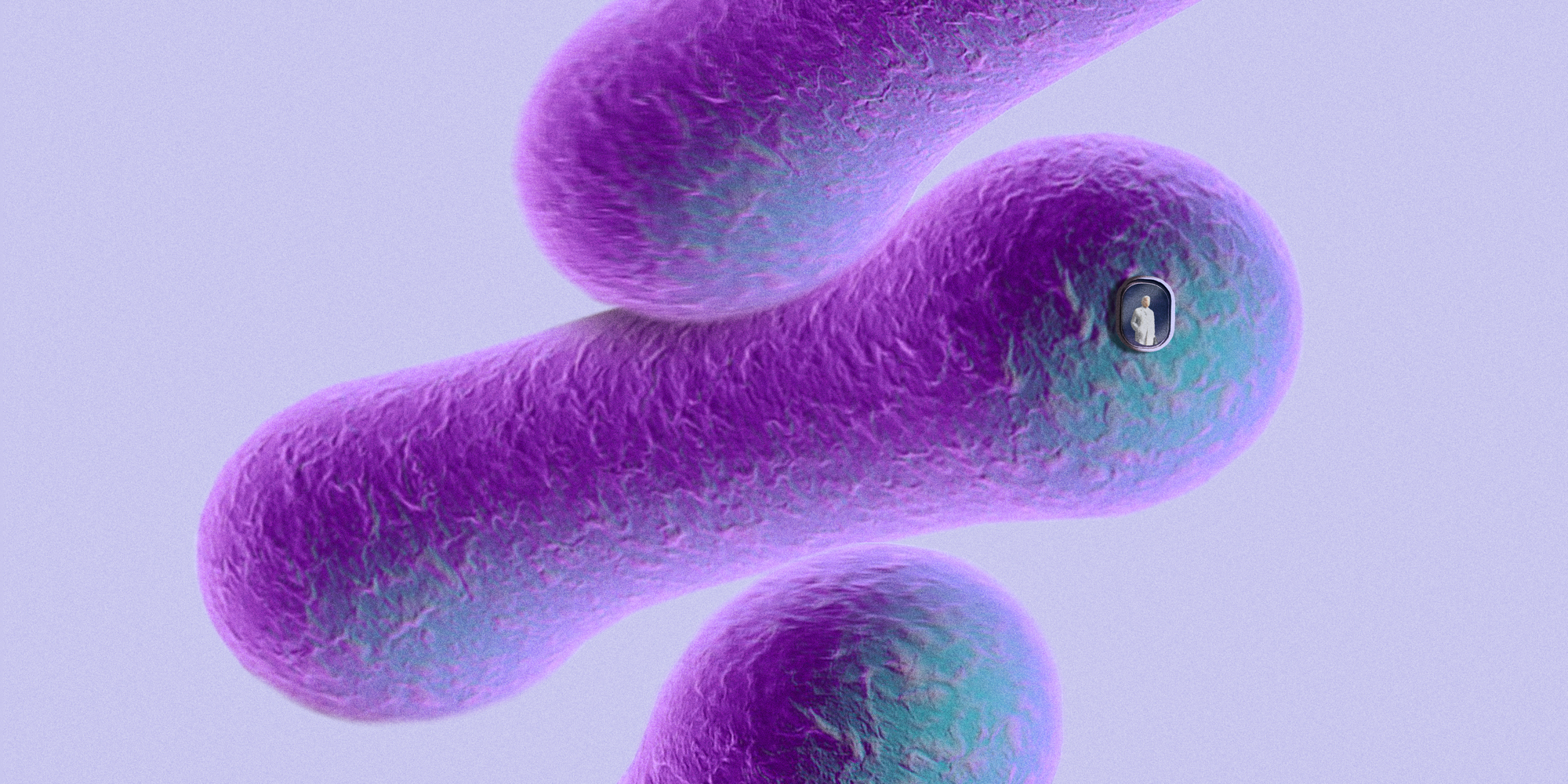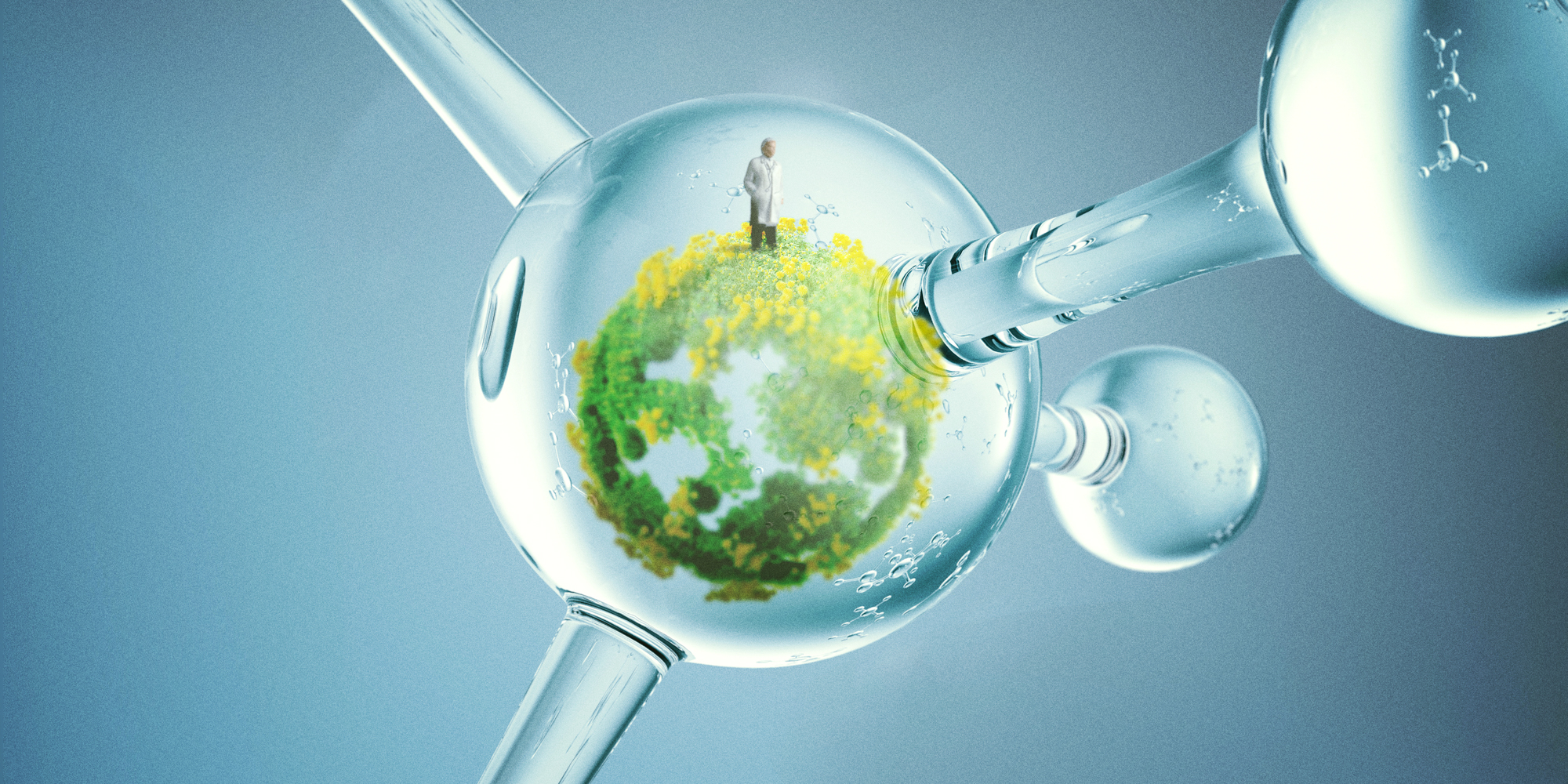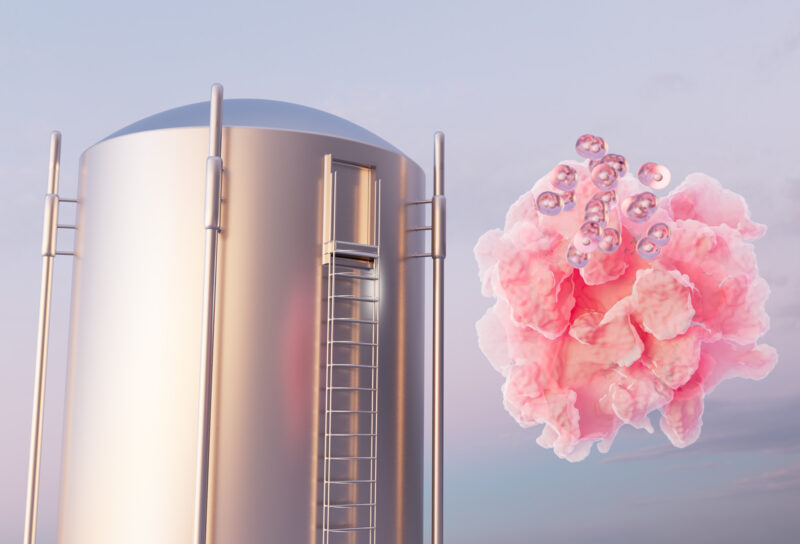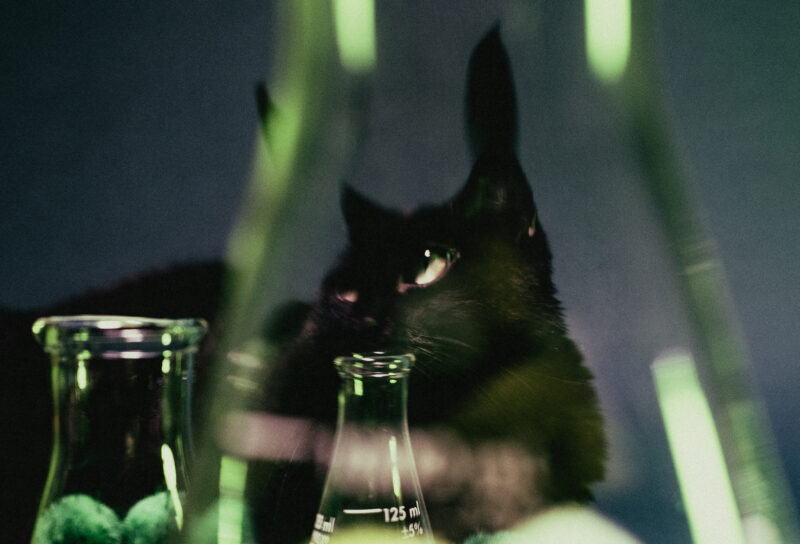The impact of climate change — more intense droughts, hurricanes, and wildfires — threaten more lives than diabetes, sepsis, and all other treatable diseases combined. And yet, policy solutions creep along at an abysmal rate, leaving scientists to grapple with these consequences largely on their own. Whether they are monitoring air quality or water pollution, researchers need simple, fast, and cheap data in order to come up with sustainable solutions. Enter biosensors.
Akin to a filmmakers’ zoom lens, they allow scientists to get just the information they want from a given environment, whether that’s the human gut, damp soil in a cornfield, or even the ocean. At their most basic level, biosensors often work by “using biology to sense biology,” says Devora Najjar, a PhD student designing biosensors with the MIT Media Lab. Najjar’s biosensors are being tested at Tidmarsh in Plymouth, Massachusetts. Once a working cranberry farm, it’s now the largest freshwater restoration project in the Northeast United States, almost 500 acres of ponds, meadows, pine-oak forest, bogs, and red maple and Atlantic white cedar swamps.
Biosensors are devices that can detect and measure specific molecules in a sample. These might test for enzymes like lactate dehydrogenase that alerts doctors to a patient’s tissue damage; they’ll test for antibodies, like evidence of HIV infections; or perhaps they’ll be designed to sense heavy metals or toxins in the waters of Tidmarsh. They work with another biological element (usually a protein) that recognizes and interacts with the target molecule. This interaction then produces a measurable signal, like a change in color or an electrical pulse.
One of oldest human-made biosensors — the glucose monitor for diabetes — works on the same principle. But this process is far older than modern medicine. Plants are ancient biosensors, telegraphing information about their internal chemistry via observable phenomena. The latest generation of biosensors can tell us about the health of whole ecosystems. “[They’re] microbial bloggers and microbial spies that tell us what they’re doing and seeing,” says Joff Silberg, a professor of biosciences at Rice University. “We’re programming them to watch things that are very hard to watch in the environment.”
Once a biosensor is built, it can be put almost anywhere — tucked in a stream bed or left in a disaster area to monitor toxin levels.
A Lab the Size of a Microchip
Typically samples, whether environmental or medical, are taken from the location or subject and then sent off to a centralized lab for processing, which can usually only process a certain number of samples at a time. But to understand something as large and complex as an ecosystem, or to respond to environmental changes quickly, more and more work needs to be done in situ. Biosensors are ideal for that situation. Once a biosensor is built, it can be put almost anywhere — tucked in a stream bed or left in a disaster area to monitor toxin levels.
Fresh water supplies have been especially hard-hit by a trifecta of pollution, population pressure and the impacts of climate change, including both flooding and drought. When storm events come along, these factors create “a better breeding ground for microbes to thrive in,” says Najjar, who created a CRISPR-based biosensor that will enable testing for bacteria and viruses that could make people or wildlife sick.
That biosensor uses a protein, Cas12, to detect certain toxins. “It’s this CRISPR-based way to quickly and easily detect the piece of DNA I’m looking for. Once it finds that DNA it starts cutting everything and then that releases fluorescence which we can measure,” she says. Ultimately, this test would be shelf-stable and ready for use directly by vulnerable communities — an empowering way to pull a local community into climate-change monitoring work. Biosensors can be designed to be easy to use, and provide real-time data, which is a boon to community-science initiatives. It can also mean better science, because a scientist parachuting into a location (say, an Arctic community that’s hard-hit by climate change) knows less than the locals about the place.
“Making the lab portable on a chip multiplies the capacity of diagnostics,” says Despina Moschou, an electrical engineering professor at the Centre for Biosensors, Bioelectronics and Biodevices at the University of Bath. Moschou’s lab designs complex biosensors that can transmit their signals to a mobile phone. She describes the feat as miniaturizing a complete biochemical lab onto a microchip.
With low- and middle-income countries in mind, Moschou has developed the minilab for diagnosing sepsis, which causes 1 in 5 deaths on the planet. The devices use a special nano-scale coating to detect three different sepsis biomarkers simultaneously in whole blood. “This is especially important for when we need fast results and can’t wait for hours or days. And it’s very important for countries that don’t have the [appropriate] labs. Bringing them [this technology] can change their lives,” she says.

GMO Feedback
Biosensors can help supply scientists with more complex data about whole parts of the environment. As reported in the New York Times, soils may be key to drawing down CO2 to reduce the impacts of human-caused climate change. The flux that fossil fuels create is actually 10 times smaller than the background CO2 fluxes that naturally occur on the planet. Right now, they even out: “Photosynthesis draws down 120 gigatons of CO2 a year and respiration from plants and soil microbes returns about another 120 gigatons a year to the atmosphere,” says Carrie Masiello, a professor of biogeochemistry at Rice University, pointing out the balance in this system. While we understand the mechanisms of these processes, Masiello says what controls the rate of respiration (especially in those soil microbes) is still an open question.
“A lot of it has to do with microbial decision-making in soils. Microbes can choose to allocate their energy to making more microbial biomass or to respiring carbon as CO2. That ratio of how much they invest in respiration vs. making more of their bodies is a really important term in understanding the return flux [of CO2] to the atmosphere,” says Masiello.
As biosensor engineering has progressed over the past few decades, biosensors can now be made by genetically engineering an organism (usually a bacterium) to give feedback about a specific environmental phenomenon.
In 1990, scientists at Oak Ridge National Laboratory created a light-sensitive computer chip coated with bioluminescent bacteria (a genetically engineered bacterium called Pseudomonas fluorescens HK44) that would light up when the bacteria encountered naphthalene and other hydrocarbons, which are commonly found in environmental pollutants such as crude oil. It was the first whole-cell bioreporter. And researchers have found that by using whole cells rather than purified enzymes, they can detect a wider range of pollutants at a lower cost. Masiello and Silberg have used genetically engineered bacteria that release methyl halide gases to monitor soil microbes.
Communal Urgency
Involving as many people as possible in scientific research can lend a real sense of agency for a community affected by climate change. At Tidmarsh, local community members provided the land as a gift. Locals have also been an active part of the restoration.
“Working with people and integrating the inherent knowledge locals have of the places they live in and are used to. That’s an additional tool set. Let’s say you give a monitoring tool to a person who knows where and how to use it — that’s more powerful than just building the tool itself,” says Najjar.
Dams as old as the United States were removed to restore the landscape, and once again, migrating fish like river herring, American eel, and brook trout can swim their historic routes from headwaters to the sea. Neighbors get to enjoy the space as a public hiking and wildlife-watching area, and it’s also a working lab. Scientists come from all over the world to better understand the complexities of wetlands, which are key nursery areas for wildlife, stopovers for migratory birds and insects, and bulwarks against climate change both physically and as carbon sinks.
Soon we’ll know more about this marsh on Cape Cod Bay. Thousands of small, low-power sensors “stream climate, soil, water and other environmental data on a number of spatial and temporal scales,” according to the Living Observatory, which oversees the sensor projects, like Najjar’s, at Tidmarsh.
But this integral science, as well as the animal habitat and other ecological benefits, never would have happened without the locals. “It’s easy to fall into a hole where we think science is the answer,” says Najjar. “But community matters too.”



